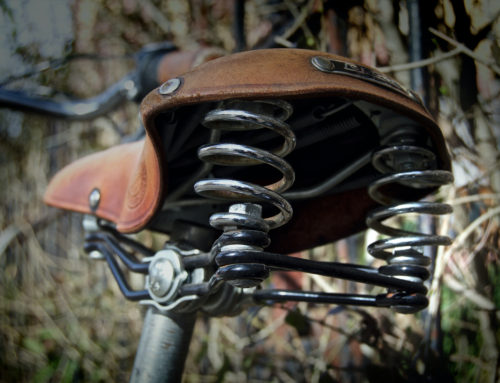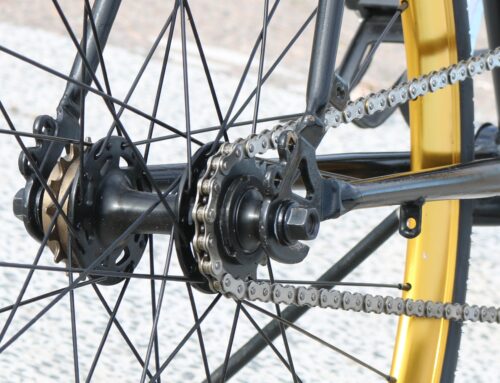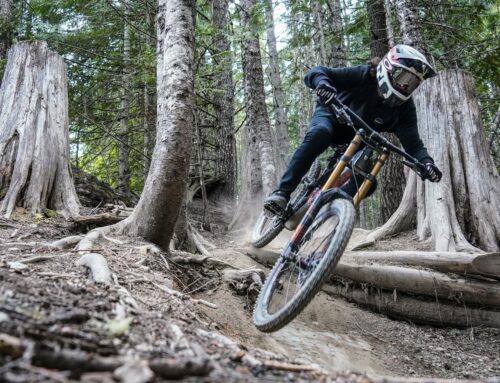The bicycle hub is the central element of the wheel of your bicycle and, together with the spokes and the rim, it is what makes up the rim. It is composed of an axle, the bearings and the hub. It is the pivot axis of the wheel. It is very important to note that depending on the design and composition will depend on the smoothness of driving, the lightness of the bicycle and the ease when making any type of repair.
Types of hubs depending on the bearings:
Sealed bearing bicycle hubs. They are the most common nowadays. In them, the bearings are enclosed in a cage and cannot be adjusted or changed, to do so the complete part must be replaced. Their main advantage is that they are less susceptible to damage, since they are protected. They require no maintenance and are easy to replace.
Ball and cone bicycle hubs. In these hubs, the balls or bearings must be adjusted through the cones. It is a system that allows for more adjustments and ball replacement at any time, but also requires more maintenance and greasing to prevent deterioration. These types of bicycle hubs are less and less used and would probably have fallen completely into oblivion in the mid-range or high-end bicycle component market, had it not been for the great Shimano brand that continues to bet on them.
Most manufacturers prefer the sealed bearing system. In Aoyang you can purchase the 2 types of bushings that exist, with a state-of-the-art design, where we highlight the quality and innovation. They are lighter, easy to remove and with enlarged diameters to achieve greater rigidity in rougher terrain.
The materials most commonly used for the manufacture of bicycle hubs are steel and aluminum. Steel is the most traditional, offering high strength in exchange for greater weight and requiring frequent monitoring, its use has been reduced to the more economical ranges. Aluminum has overtaken steel as the most widely used construction element, due to the combination of strength and lightness in the hub design. It should be noted that its performance varies greatly depending on the quality of alloy used.
Hubs are also manufactured with carbon and titanium materials, but these materials are usually reserved for very specific high-end parts.
Buying wheel hubs for bicycles: How to choose them.
Regardless of the type of bearing they have, you must take into account other characteristics.
The DS and NDS measurements. They are the distance between the hub center to the right flange where the cassette is placed. The greater the distance, the greater the stiffness.
The size of the hubs: Mountain bike and road. In mountain biking, the QR (“quick release”) 15×100 is becoming more and more common, along with the more usual 9×100 and 20×100 for the front wheel. For the rear, we often find the QR 10×135, 12×135, 12×150 and 12×165. On the road it is practically impossible to define a standard, due to the great diversity of available supply, but there are adapters so that we can use smaller diameter axles on larger hubs. Finally, remember that the diameter is especially important when using Center-Lock disc brakes.
Axle diameter: The larger the diameter of the axle, the greater the stiffness it will provide, so this is especially important for front hubs and is essential for mountain bikes that will be used on uneven terrain or downhill, for example.
Bearing size: The larger the bearings, the stronger they are. However, they also incorporate more weight, so it is a question of reaching a middle ground depending on the use of the bicycle.
Material: The two most commonly used materials for the manufacture of bicycle wheel hubs are steel and aluminum. The former is the most traditional. Its main advantage is its resistance, but nevertheless it is quite heavy, so it has been practically ousted in mid-range or high-end bicycles. Now the most commonly used material is aluminum, which is resistant and at the same time light. Keep in mind that there are different types of aluminum and the quality of the alloy will determine the quality of the hub and, of course, the price. You can also find hubs with carbon or titanium elements, although they are very exclusive, for racing bikes. Sealed hubs with ceramic components have also become fashionable in recent years within high-end bikes.
The type of installation: In recent years, QR or quick release hubs have become widespread, so called because of how fast they are to mount and dismount, which greatly facilitates the wheel change in case of need.
Do not hesitate to contact us if you have any questions, if you are interested in any type of product or want to request your quote.
We will inform you as soon as possible!





